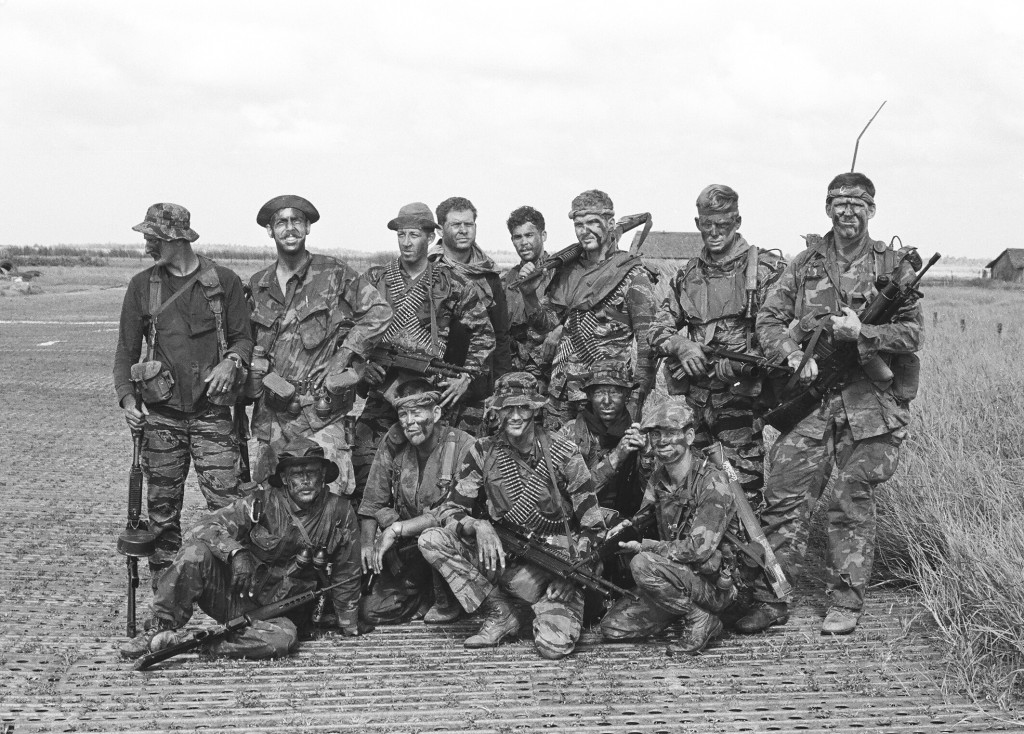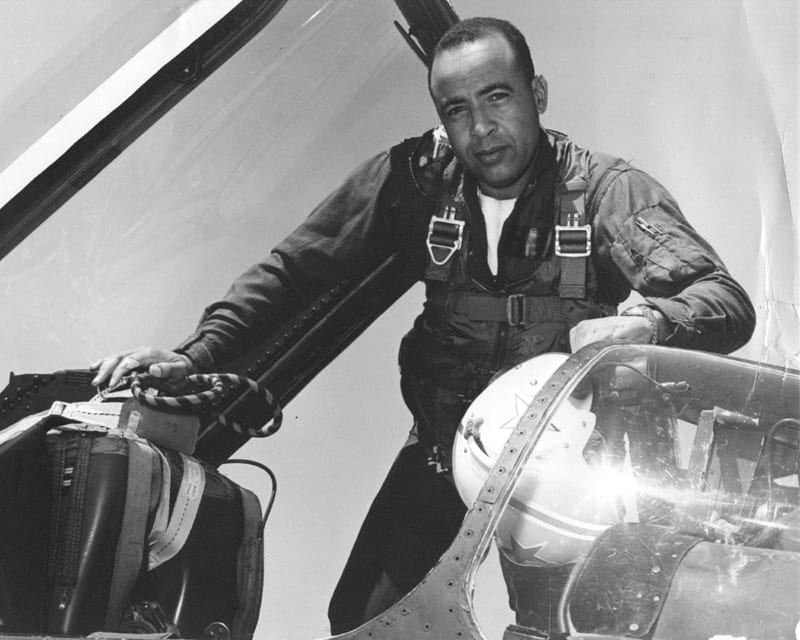

Many draft resisters, conscientious objectors, and protesters were fined or jailed, while soldiers met a hostile reception on their return home.Īustralian support for South Vietnam in the early 1960s was in keeping with the policies of other nations, particularly the United States, to stem the spread of communism in Europe and Asia. The war was the cause of the greatest social and political dissent in Australia since the conscription referendums of the First World War. Overviewįrom the time of the arrival of the first members of the Team in 1962 over 60,000 Australians, including ground troops and air force and navy personnel, served in Vietnam 523 died as a result of the war and almost 2,400 were wounded. The Australian commitment consisted predominantly of army personnel, but significant numbers of air force and navy personnel and some civilians also took part. The only combat troops remaining in Vietnam were a platoon guarding the Australian embassy in Saigon, which was withdrawn in June 1973.


Australia's participation in the war was formally declared at an end when the Governor-General issued a proclamation on 11 January 1973. The arrival of the Australian Army Training Team Vietnam (AATTV) in South Vietnam during July and August 1962 was the beginning of Australia's involvement in the Vietnam War.


 0 kommentar(er)
0 kommentar(er)
